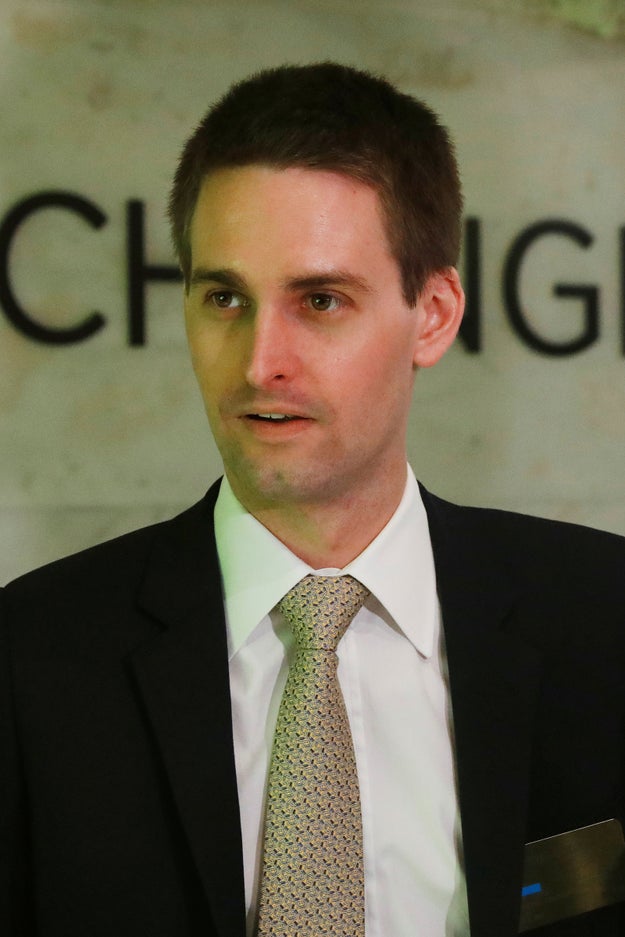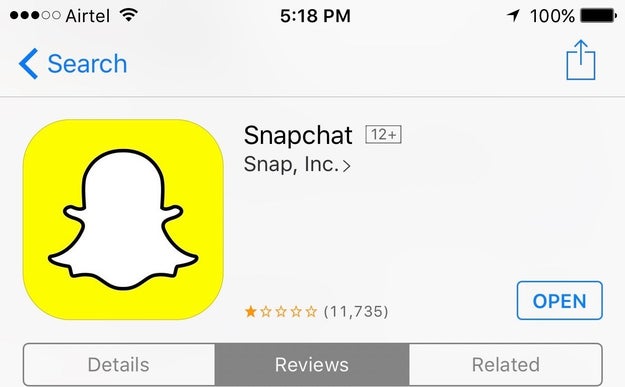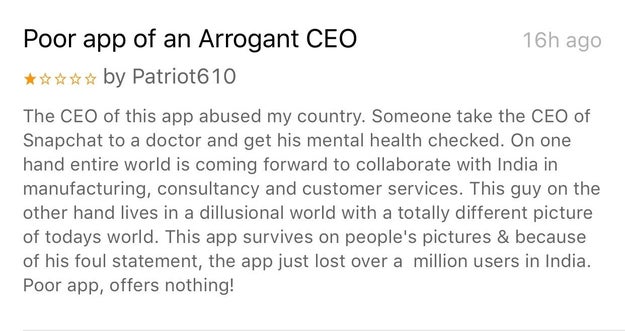This Spring’s 2017 OpenStack Summit in Boston should be another great and educational event. The OpenStack Foundation has posted the final session agenda detailing the entire week&8217;s schedule of events. And once again Red Hat will be very busy during the four-day event, including delivering more than 60 sessions, from technology overviews to deep dive&8217;s around the OpenStack services for containers, storage, networking, compute, network functions virtualization (NFV), and much, much more.
As a Headline sponsor this Fall, we also have a full day breakout room on Monday, where we plan to present additional product and strategy sessions. And we will have two keynote presenters on stage: President and CEO, Jim Whitehurst, and Vice President and Chief Technologist, Chris Wright.
To learn more about Red Hat&8217;s general sessions, look at the details below. We&8217;ll add the agenda details of our breakout soon. Also, be sure to visit us at our booth in the center of the Marketplace to meet the team and check out our live demonstrations. Finally, we&8217;ll have Red Hat engineers, product managers, consultants, and executives in attendance, so be sure to talk to your Red Hat representative to schedule an in-person meeting while there.
And in case you haven&8217;t registered yet, visit our OpenStack Summit page for a discounted registration code to help get you to the event. We look forward to seeing you in Boston this April.
For more details on each session, click on the title below:
Monday sessions
Kuryr & Fuxi: delivering OpenStack networking and storage to Docker swarm containers
Antoni Segura Puimedon, Vikas Choudhary, and Hongbin Lu (Huawei)
Multi-cloud demo
Monty Taylor
Configure your cloud for recovery
Walter Bentley
Kubernetes and OpenStack at scale
Stephen Gordon
No longer considered an epic spell of transformation: in-place upgrade!
Krzysztof Janiszewski and Ken Holden
Fifty shades for enrollment: how to use Certmonger to win OpenStack
Ade Lee and Rob Crittenden
OpenStack and OVN – what&8217;s new with OVS 2.7
Russell Bryant, Ben Pfaff (VMware), and Justin Pettit (VMware)
Federation with Keycloak and FreeIPA
Martin Lopes, Rodrigo Duarte Sousa, and John Dennis
7 “must haves” for highly effective Telco NFV deployments
Anita Tragler and Greg Smith (Juniper Networks, Inc.)
Containerizing OpenStack deployments: lessons learned from TripleO
Flavio Percoco
Project update &8211; Heat
Rabi Mishra, Zane Bitter, and Rico Lin (EasyStack)
Tuesday sessions
OpenStack Telemetry and the 10,000 instances
Julien Danjou and Alex Krzos
Mastering and troubleshooting NFV issues
Sadique Puthen and Jaison Raju
The Ceph power show &8211; hands-on with Ceph: Episode 2 &8211; ‘The Jewel Story&8217;
Karan Singh, Daniel Messer, and Brent Compton
SmartNICs &8211; paving the way for 25G/40G/100G speed NFV deployments in OpenStack
Anita Tragler and Edwin Peer (Netronome)
Scaling NFV &8211; are containers the answer?
Azhar Sayeed
Free my organization to pursue cloud native infrastructure!
Dave Cain and Steve Black (East Carolina University)
Container networking using Kuryr &8211; a hands-on lab
Sudhir Kethamakka and Amol Chobe (Ericsson)
Using software-defined WAN implementation to turn on advanced connectivity services in OpenStack
Ali Kafel and Pratik Roychowdhury (OpenContrail)
Don&8217;t fail at scale: how to plan for, build, and operate a successful OpenStack cloud
David Costakos and Julio Villarreal Pelegrino
Red Hat OpenStack Certification Program
Allessandro Silva
OpenStack and OpenDaylight: an integrated IaaS for SDN and NFV
Nir Yechiel and Andre Fredette
Project update &8211; Kuryr
Antoni Segura Puimedon and Irena Berezovsky (Huawei)
Barbican workshop &8211; securing the cloud
Ade Lee, Fernando Diaz (IBM), Dave McCowan (Cisco Systems), Douglas Mendizabal (Rackspace), Kaitlin Farr (Johns Hopkins University)
Bridging the gap between deploying OpenStack as a cloud application and as a traditional application
James Slagle
Real time KVM and how it works
Eric Lajoie
Wednesday sessions
Projects Update &8211; Sahara
Telles Nobrega and Elise Gafford
Project update &8211; Mistral
Ryan Brady
Bite off more than you can chew, then chew it: OpenStack consumption models
Tyler Britten, Walter Bentley, and Jonathan Kelly (MetacloudCisco)
Hybrid messaging solutions for large scale OpenStack deployments
Kenneth Giusti and Andrew Smith
Project update &8211; Nova
Dan Smith, Jay Pipes (Mirantis), and Matt Riedermann (Huawei)
Hands-on to configure your cloud to be able to charge your users using official OpenStack components
Julien Danjou, Christophe Sautheir (Objectif Libre), and Maxime Cottret (Objectif Libre)
To OpenStack or not OpenStack; that is the question
Frank Wu
Distributed monitoring and analysis for telecom requirements
Tomofumi Hayashi, Yuki Kasuya (KDDI Research), and Ryota Mibu (NEC)
OVN support for multiple gateways and IPv6
Russell Bryant and Numan Siddique
Kuryr-Kubernetes: the seamless path to adding pods to your datacenter networking
Antoni Segura Puimedon, Irena Berezovsky (Huawei), and Ilya Chukhnakov (Mirantis)
Unlocking the performance secrets of Ceph object storage
Karan Singh, Kyle Bader, and Brent Compton
OVN hands-on tutorial part 1: introduction
Russell Bryant, Ben Pfaff (VMware), and Justin Pettit (VMware)
Kuberneterize your baremetal nodes in OpenStack!
Ken Savich and Darin Sorrentino
OVN hands-on tutorial part 2: advanced
Russell Bryant, Ben Pfaff (VMware), and Justin Pettit (VMware)
The Amazon effect on open source cloud business models
Flavio Percoco, Monty Taylor, Nati Shalom (GigaSpaces), and Yaron Haviv (Iguazio)
Neutron port binding and impact of unbound ports on DVR routers with floatingIP
Brian Haley and Swaminathan Vasudevan (HPE)
Upstream contribution &8211; give up or double down?
Assaf Muller
Hyper cool infrastructure
Randy Robbins
Strategic distributed and multisite OpenStack for business continuity and scalability use cases
Rob Young
Per API role-based access control
Adam Young and Kristi Nikolla (Massachusetts Open Cloud)
Logging work group BoF
Erno Kuvaja, Rochelle Grober, Hector Gonzalez Mendoza (Intel), Hieu LE (Fujistu) and Andrew Ukasick (AT&T)
Performance and scale analysis of OpenStack using Browbeat
Alex Krzos, Sai Sindhur Malleni, and Joe Talerico
Scaling Nova: how CellsV2 affects your deployment
Dan Smith
Ambassador community report
Erwan Gallen, Lisa-Marie Namphy (OpenStack Ambassador), Akihiro Hasegawa (Equinix), Marton Kiss (Aptira), and Akira Yoshiyama (NEC)
Thursday sessions
Examining different ways to get involved: a look at open source
Rob Wilmoth
CephFS backed NFS share service for multi-tenant clouds
Victoria Martinez de la Cruz, Ramana Raja, and Tom Barron
Create your VM in a (almost) deterministic way &8211; a hands-on lab
Sudhir Kethamakka and Geetika Batra
RDO&8217;s continuous packaging platform
Matthieu Huin, Fabien Boucher, and Haikel Guemar (CentOS)
OpenDaylight Network Virtualization solution (NetVirt) with FD.io VPP data plane
Andre Fredette, Srikanth Vavilapalli (Ericsson), and Prem Sankar Gopanna (Ericsson)
Ceph snapshots for fun & profit
Gregory Farnum
Gnocchi and collectd for faster fault detection and maintenance
Julien Danjou and Emma Foley
Project update &8211; TripleO
Emillien Macchi, Flavio Percoco, and Steven Hardy
Project update &8211; Telemetry
Julien Danjou, Mehdi Abaakouk, and Gordon Chung (Huawei)
Turned up to 11: low latency Ceph block storage
Jason Dillaman, Yuan Zhou (INTC), and Tushar Gohad (Intel)
Who reads books anymore? Or writes them?
Michael Solberg and Ben Silverman (OnX Enterprise Solutions)
Pushing the boundaries of OpenStack &8211; wait, what are they again?
Walter Bentley
Multi-site OpenStack &8211; deployment option and challenges for a telco
Azhar Sayeed
Ceph project update
Sage Weil
Quelle: RedHat Stack





